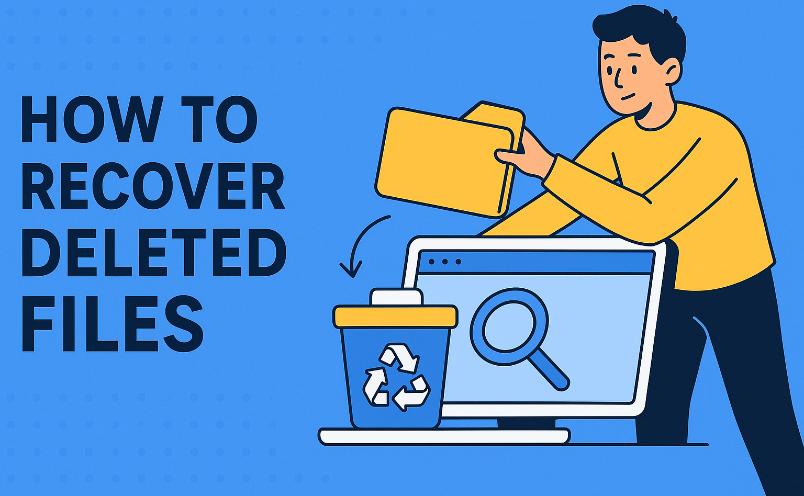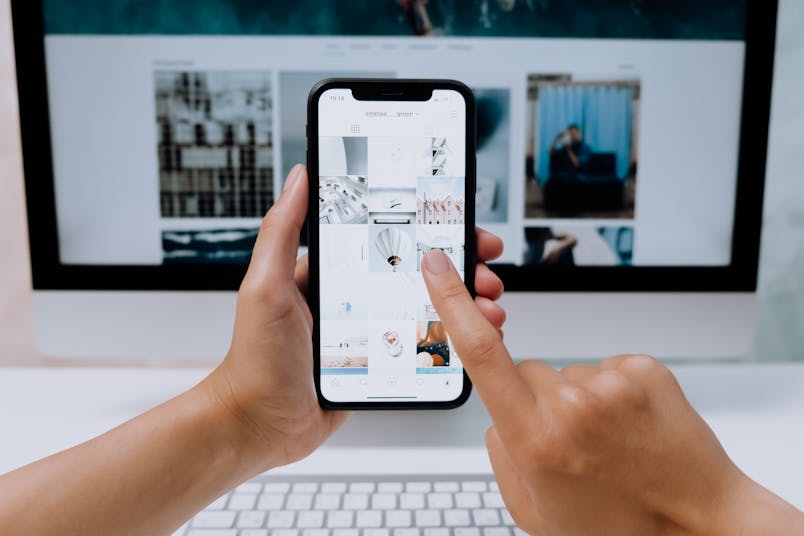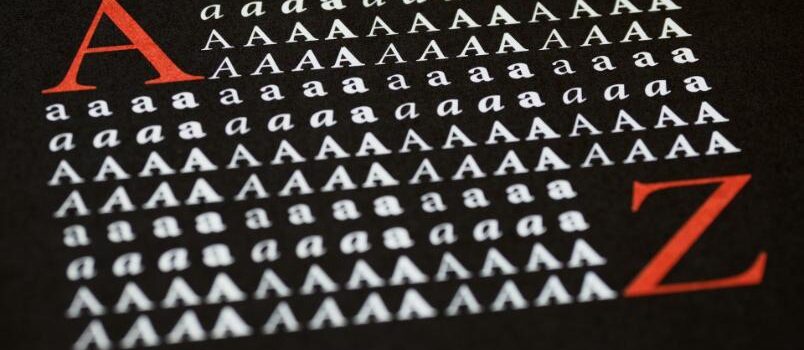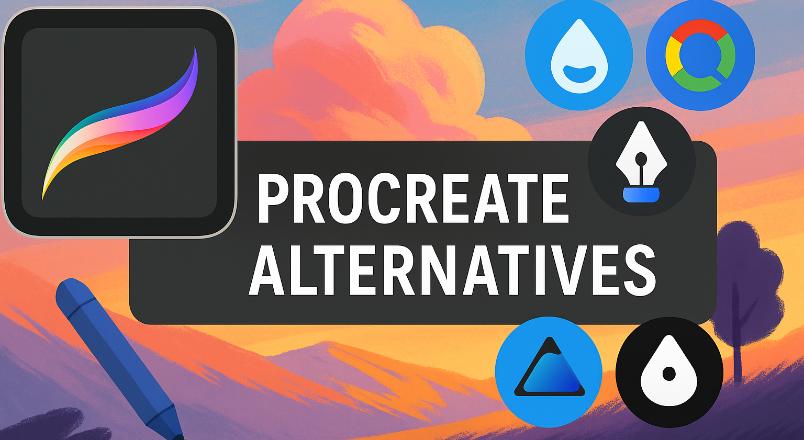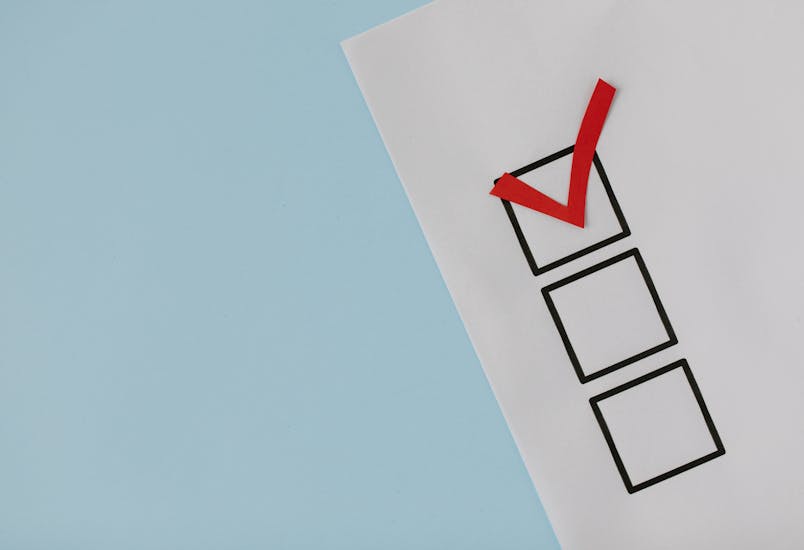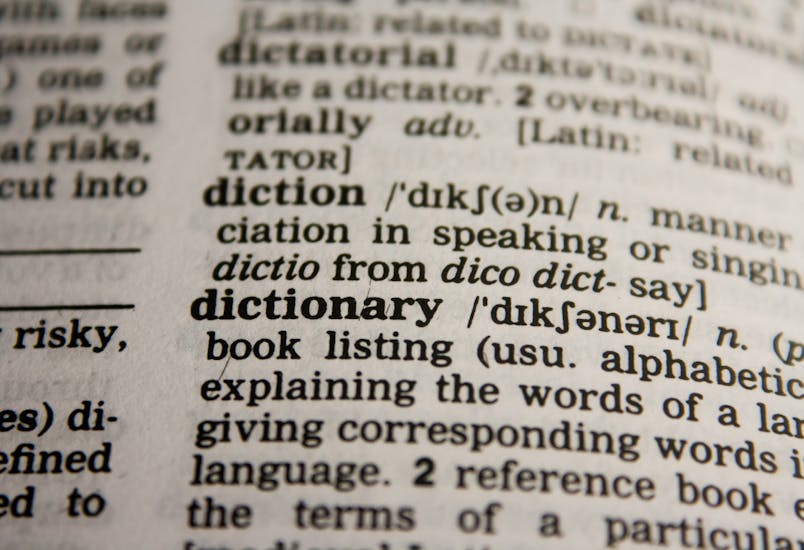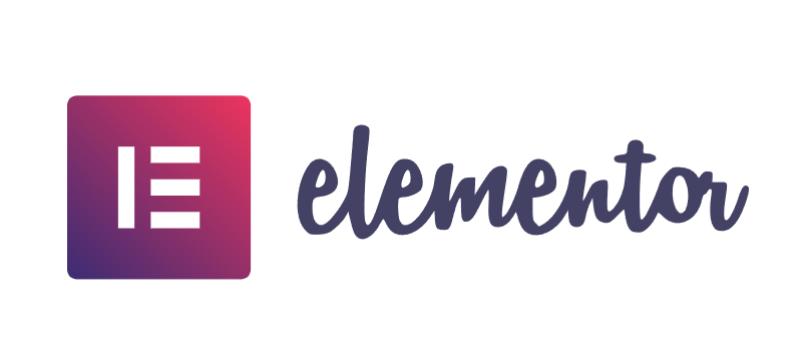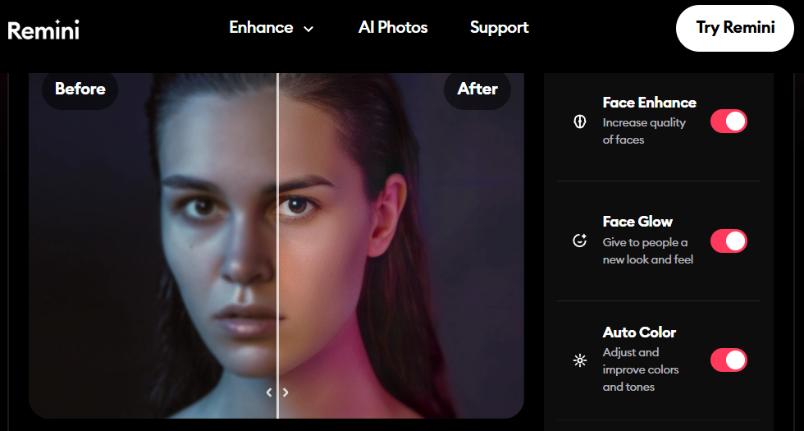The number you see on your credit card statement at the end of the month should never be a surprise. Something as important as managing your money requires your attention — but many people simply don’t have the time.
Enter technology. Thanks to software development companies like BairesDev, there are plenty of digital tools for you to save and budget without eating up precious time you could be spending on other pressing tasks — like actually earning that money.
Spreadsheets
We’ll start with the most simple and easy-to-use tool on the list: spreadsheets. Whether you’re using Google Sheets or Microsoft Excel, spreadsheets are a straightforward way of keeping track of your expenses and budgeting. There are free budgeting templates available through both of these platforms, too, so you don’t even need any advanced knowledge or tricks for making the most of spreadsheets, either.
Mint
Keep track of all your accounts, from checking to savings to credit cards, all in one place via Mint. The app serves as an all-in-one tool for managing your money. Create budgeting categories and allocate funds accordingly. Then, whenever you spend money using an account, you can tag them based on your different budget categories.
You can also view your credit score for free, as well as receive alerts when your bills are due and when your funds are low.
PocketGuard
Like Mint, PocketGuard allows you to link all your financial accounts so you can “see the big picture” of your spending. You can input information about how you spend your money and see how much you have left after necessary expenses for various lengths of time.
You can even categorize various types of spending for the money you have leftover after essentials like bills and groceries. You’ll also receive tips on how to reduce your spending based on your habits.
Personal Capital
This free tool is ideal for managing your finances, particularly investments, and retirement planning. You can see all your accounts via a single dashboard, set and reach retirement goals, receive advice about investing and financial planning, get personalized insights about your money and finances and more. The emphasis is more on investing over budgeting, although you can use it for the latter purpose as well.
Goodbudget
Based on the old-fashioned envelope system, in which people allocated their funds for a given period of time in different envelopes, Goodbudget uses a similar method only virtually. Through the app, you budget using different categories — envelopes — for different types of expenses.
The free version gives you a limited number of envelopes and allows you to access the app with two devices, while the Plus version gives you unlimited envelopes, accessed through up to five devices. You can also add unlimited accounts to the upgraded version.
YNAB
YNAB was created because You Need a Budget. The program isn’t free, but for many users, it’s worth the small fee. For people who aren’t experts in managing their money, this software is especially useful, because it guides you through the step-by-step process of budgeting and tracking your goals. You’ll receive reports on your progress and have access to personal support and advice, too.
Worksheets
Try budgeting worksheets for a simple way to track your spending and allocate funds. There are plenty of free resources online, such ones provided by NerdWallet. This worksheet uses the 50/30/20 budgeting method, in which you set aside 50% of your income for necessary expenses, 30% for things you want, and 20% for savings and paying off any debt.
Or access a variety of budgeting worksheets from American Consumer Credit Counseling. They offer separate worksheets for tracking daily expenses, household needs, and more.
Your bank
Finally, don’t forget about your bank! Many financial institutions offer resources for budgeting and saving, from categorizing your expenses based on types, including entertainment and groceries to giving you access to a weekly updated credit score tracker. In some cases, you can also set up monthly automatic transfers, enabling you to move direct deposits from your checking account to your savings account without lifting a finger.
From a simple Excel spreadsheet to interactive apps that offer tips and advice, there are plenty of helpful tools for budgeting and saving your hard-earned dollars. With so many free and low-cost resources, you’ll have no excuse to be uninformed about how much money you should be putting away and what you can do to maximize your investments ever again.













